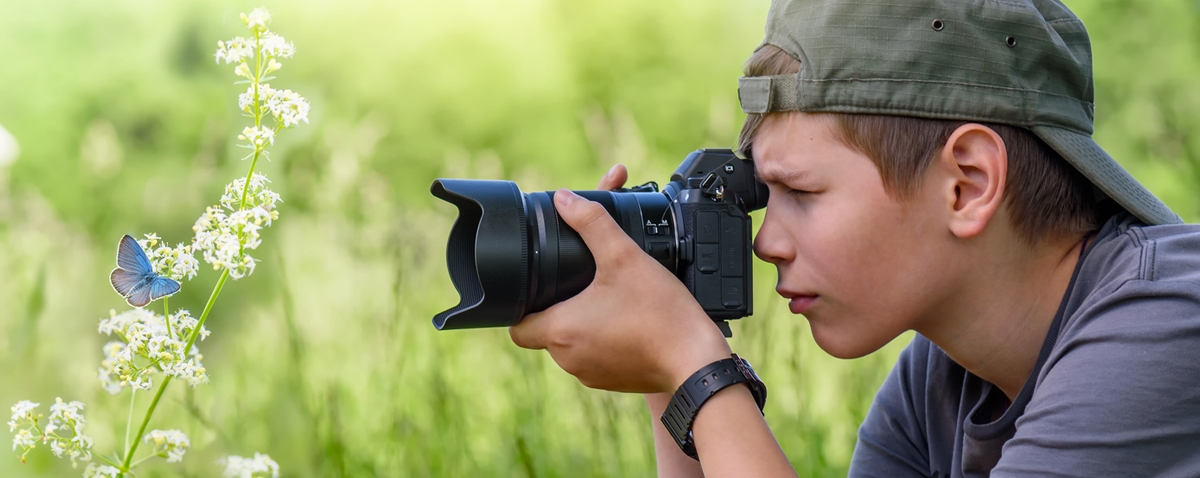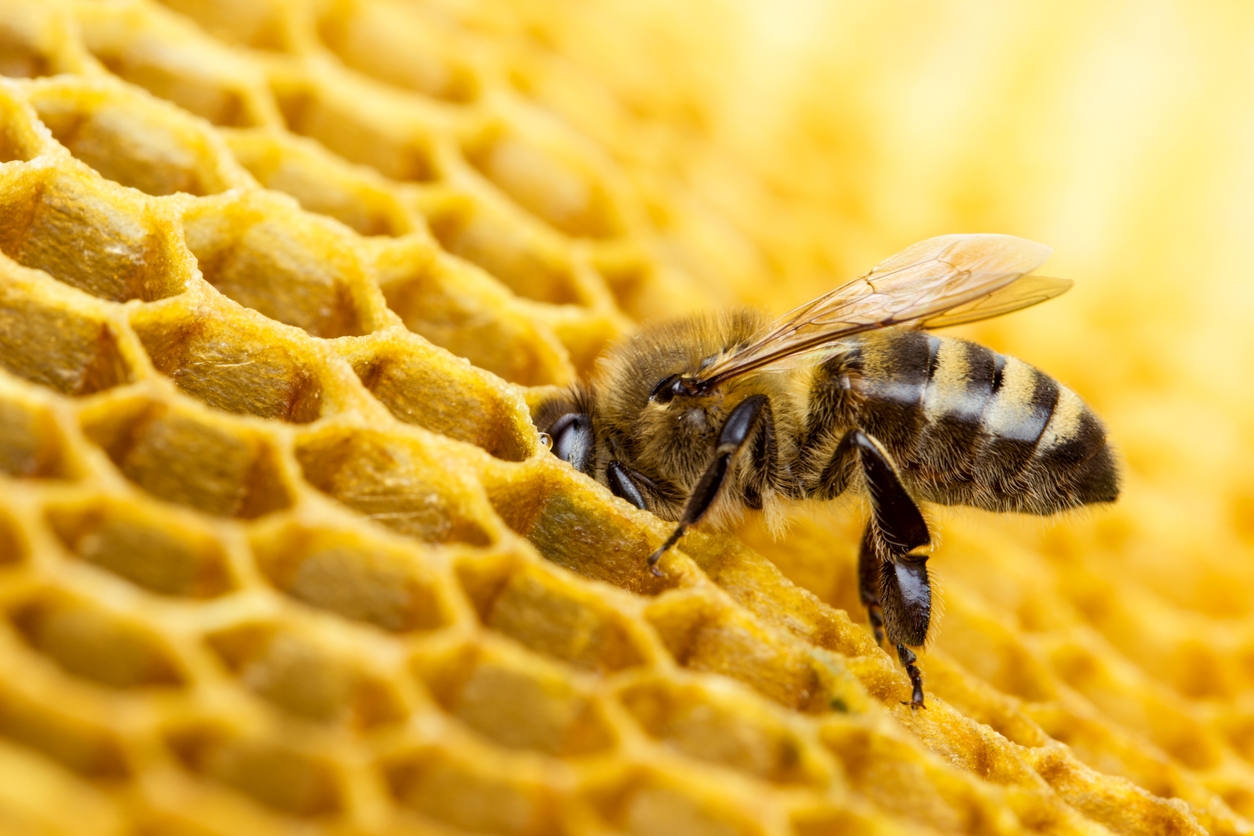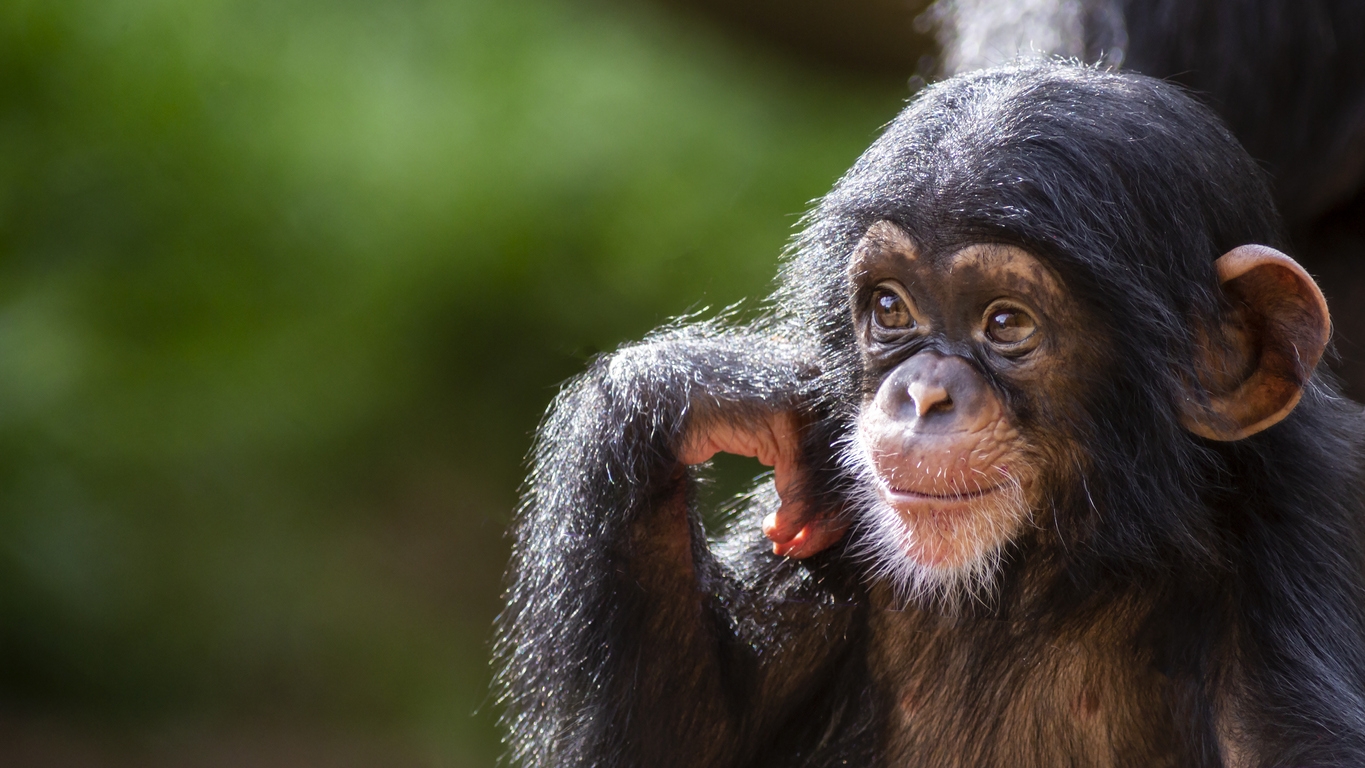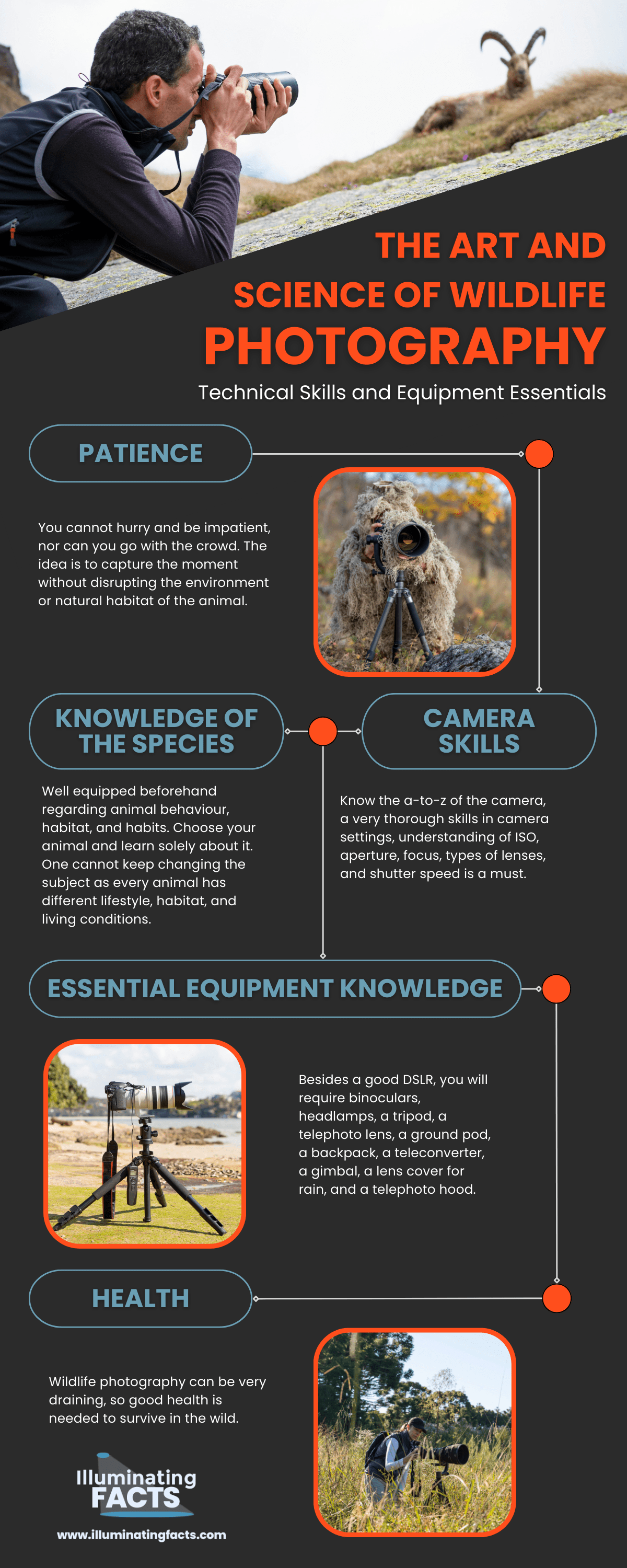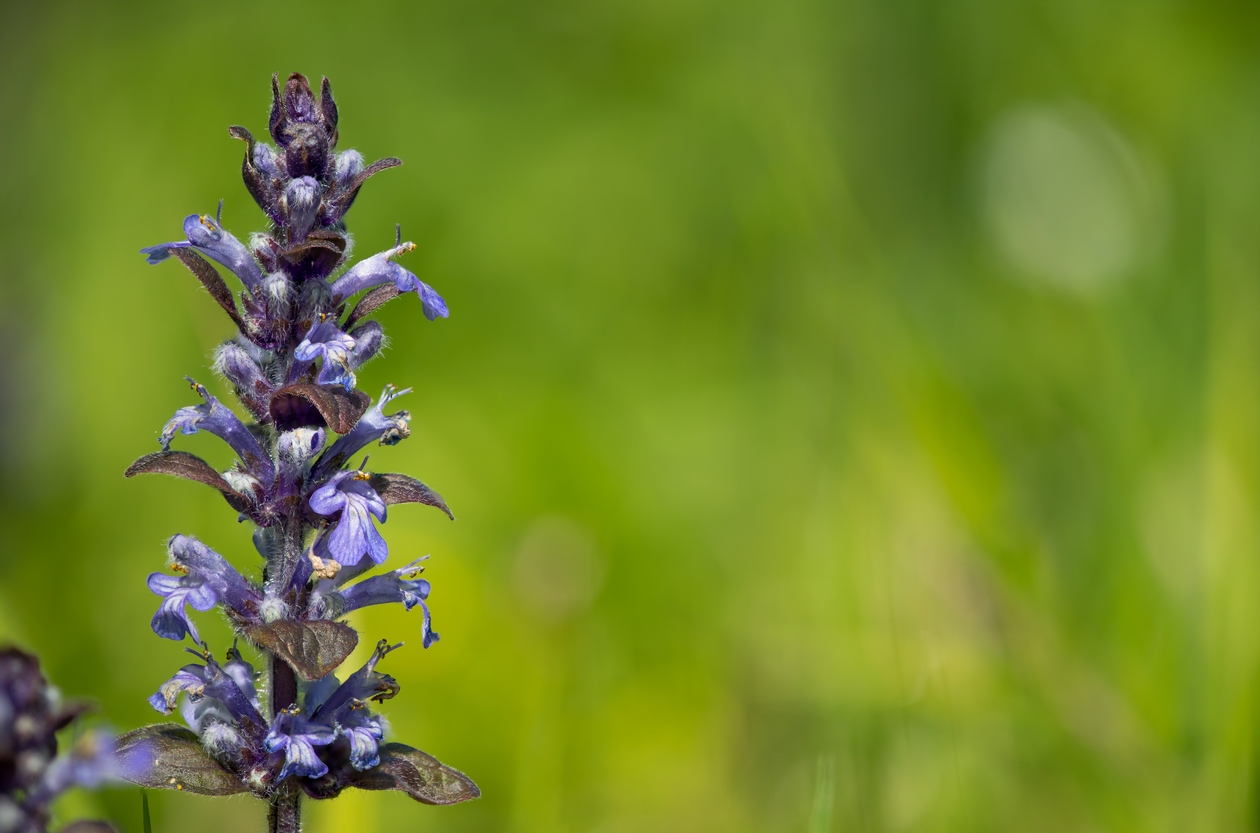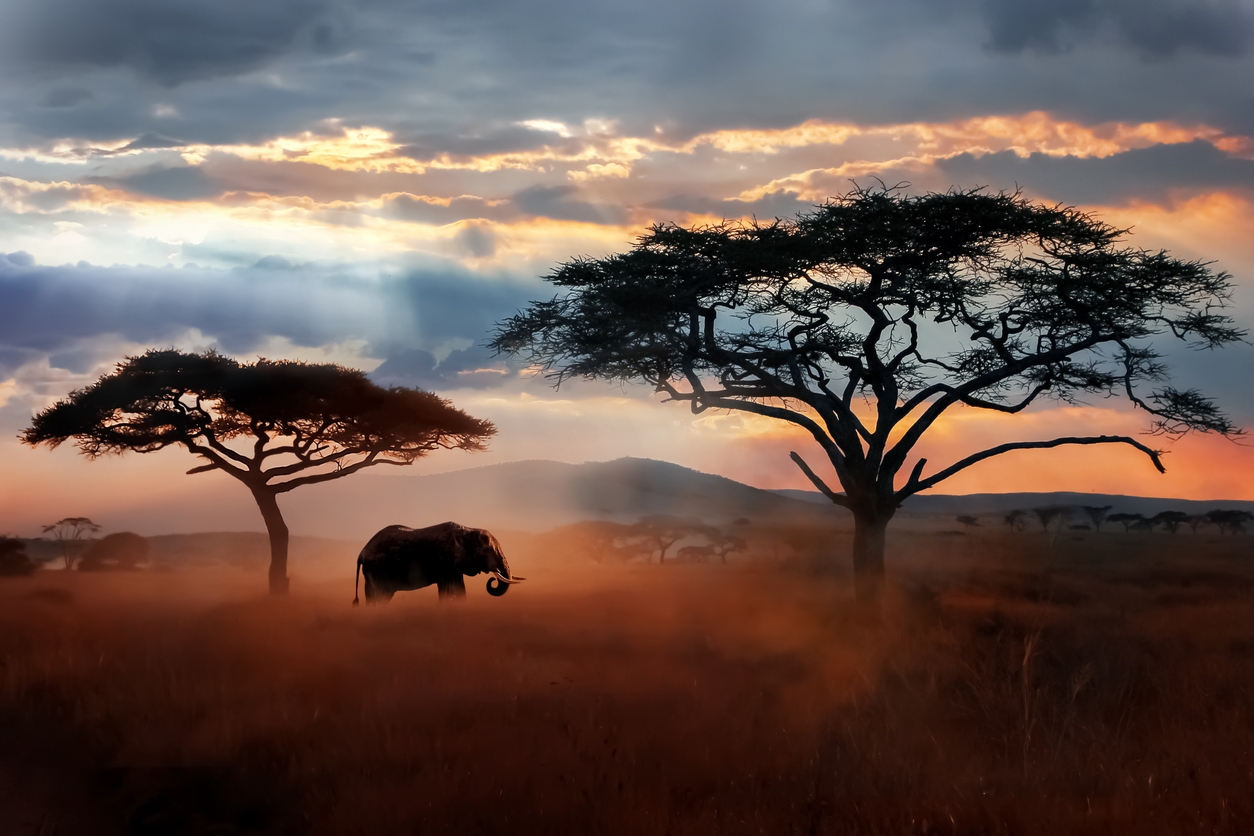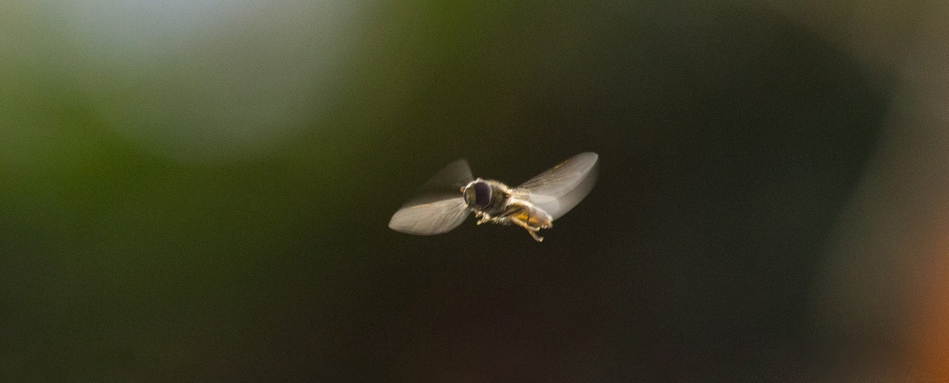Unlike other forms of photography, wildlife photography is more than just capturing the moment. It requires one to have a clear understanding of the habitat, the surroundings, behavioural knowledge, and the risks involved in the trait. From choosing the best equipment to fully equipping oneself with all the safety gear, wildlife photography requires precision, diligence, and the quest to go beyond normal photography needs. Capturing the right moment of the animals in their natural habitat is certainly a daunting task but it is worth taking all the risks. [1]
The Allure and Challenges of Wildlife Photography
As fascinating as it seems, wildlife photography is the most difficult form of photography. It requires one to take several risks and at times, even after several attempts one fails to capture the right moment. You can get attacked too if the animal will feel threatened and you might get sick spending hours in the wild. Besides that, the risk of getting bitten by an insect or coming in contact with toxic plants can even be fatal. But all of these risks can be worth it if you manage to get the best shots while being careful. Listed below are 5 compulsory things to keep in mind when opting for wildlife photography as shared by Mark Peck who works as an ornithologist at Royal Ontario Museum but is also a wildlife photographer for almost 40 years.
1- Before you even start capturing, learn about your subject first by observing it and gaining knowledge about its surroundings, after all, animal safety and welfare are the priority.
2- Wildlife photography requires a thorough understanding of your gadget. Learn about how the lens work, what angles will work best, the ISO, f-stop, and shutter speed required for the best shot, and the variety of settings that are appropriate for wildlife photography.
3- Light matters, therefore, try to make use of the “golden hour”. It is the 2 important hours before sunset and after sunrise. As the light is not sharp during those hours, the photographs are subtle and capture the essence of the subject.
4- A tripod is a must for wildlife photography, after all, you don’t want blurry photographs.
5- You can’t always capture the right moment of your subject from a very long distance, let go of the fear and get up close with the animal you want to take a picture of but do not disturb their environment. Getting eye-to-eye with animals is mandatory even if it means getting your hands and clothes dirty with mud.
Importance of Capturing the Perfect Moment
Though laymen believe wildlife photography is just an adventurous endeavor, in reality, it requires perseverance and sensitivity to nature. Capturing the right moment is essential as photography is more like storytelling without words. The 3 main reasons why preserving the perfect moment is important as per the photographers are as follows:
1- With natural species going extinct, capturing the right moment aids in conservation efforts as photos capture emotions. [2]
2- Many people are not aware and have no way to access wildlife, photography has the power to make the connection of the people with nature.
3- As Mike Busch, an award-winning wildlife photographer says, “We didn’t want to be part of the problem,” ethical wildlife photography can be a tool to spread awareness and create the ripple effect necessary for community participation in preserving and conserving nature and threatened species. [3]
The Art and Science of Wildlife Photography
Every wildlife photographer has his/her own vision, inspiration, and goals from his/her task but in order to achieve them, one needs to have sufficient knowledge of the animals they want to capture through their lens and should be well-versed and technically skilled in all the equipment required for wildlife photography.
Technical Skills and Equipment Essentials
This discipline of photography requires a certain degree of skills even if you are an amateur photographer, therefore, instead of jumping into the wild, it is better to start small from your immediate surroundings such as a home garden where birds and bees often come for nectar. Below are five essentials and skills that must be for any budding wildlife photographer.
1- Patience: You cannot hurry and be impatient, nor can you go with the crowd. The idea is to capture the moment without disrupting the environment or natural habitat of the animal.
2- Knowledge of the Species: Well equipped beforehand regarding animal behaviour, habitat, and habits. Choose your animal and learn solely about it. One cannot keep changing the subject as every animal has different lifestyle, habitat, and living conditions.
3- Camera Skills: Know the a-to-z of the camera, a very thorough skills in camera settings, understanding of ISO, aperture, focus, types of lenses, and shutter speed is a must. [4]
4- Essential Equipment Knowledge: Besides a good DSLR, you will require binoculars, headlamps, a tripod, a telephoto lens, a ground pod, a backpack, a teleconverter, a gimbal, a lens cover for rain, and a telephoto hood. You need to be skilled to use these gadgets as well. [5]
5- Health: Wildlife photography can be very draining, so good health is needed to survive in the wild.
Understanding Animal Behaviour and Habitats
Wildlife photography is more than good skills and knowledge of gadgets. Knowing animal behaviour and habitats is very crucial in capturing the real essence. A deep sensitivity to the habitat of the animal will help one understand their body language and thus allows one to capture the right moment by observing the subject closely.
The Fleeting Nature of Wildlife Moments
You could be waiting for hours or even days and still could not manage the right moment, therefore, it is important that you practice patience, be intuitive, and are quick to capture spontaneous moments. A few tips for capturing the fleeting moment are stated below.
- If you are dealing with a subject that moves faster a shutter speed of 1/500 sec could do the magic.
- For an animal moving way too fast, for example, a bird about to fly or an animal running to catch its prey, a shutter speed should be adjusted to 1/2000 secs or 1/4000 secs, depending on the subject. [6]
- Practice adjusting different shutter speeds to understand how it works.
Being at the Right Place at the Right Time
Unlike humans, animals follow a certain pattern. They depend on sunlight or sunset, or weather conditions as well. If one wants to capture an owl, he certainly will not be able to get a shot in daylight or early night. Owls hunt during the dark hours, mostly after midnight, so the photographer has to prepare earlier to capture a shot of an owl. Also essential is the light, it is, therefore, suggested to make use of the golden hour for wildlife photography when possible.
Light and Composition
Usually, golden hour is considered the best time to capture wildlife moments. Firstly, the light at the magic hour is not very sharp, neither is it too dull, so the subject gets the maximum focus. Another thing worth understanding is the composition. Though many new photographers try to centre align the subject to keep the focus on it, it is better to follow the rule of third, whereby the subject is on the right or left third of the photo. [7] Not only does this make the subject more focused, but it also balances the composition.
Golden Hours and Their Impact on Wildlife Photography
Golden hour allows one to make the best of the natural light. This one or two hours after sunrise or before sunset provides the soft glow required to capture the best moments in wildlife photography. Often it is strenuous to master the flash and it can even be very disruptive to the natural environment in wildlife photography; the reason why golden hour is cherished so much in wildlife photography. [8] An interesting fact related to a golden hour is the longer wavelength of light which makes the light soft and warm, resulting in magical pictures. If you struggle with catching the golden hour, Photo Ephemeris, GoldenHour.One, and PhotoPills, the golden hour calculator can be very helpful.
Balancing Natural Light with Artificial Sources
When it comes to making use of natural light, often it has to be adjusted using artificial means, to not be too harsh so as to spoil the whole photograph. Diffusers are used to diffuse harsh light. Using flash, the subject gets all the attention in the shot.
Equipment and Techniques
Every form of photography requires certain equipment that makes the task a bit easier. Even if you are new to wildlife photography, you need to prepare your backpack with the listed essentials to have an immersive and efficient wildlife photography experience. [9]
Backpack: Remember you cannot carry suitcases, a handy waterproof backpack with all the camera essentials is mandatory.
Gimbal: This device can be fixed on the tripod and it helps balance the lens and camera. It is important for any lens above 400mm and can easily be moved in any direction without the need to adjust the camera and lens separately.
Headlamp: It comes in handy when taking photos in pitch darkness of the night.
Rain Cover for Lens: Photography gadgets are pricey; therefore, the protection of gadgets cannot be neglected. Rain covers can protect the lens when taking a shot in wet areas or during monsoons.
Choosing the Right Camera and Lenses for Wildlife Photography
Depending on your level of expertise, your passion for wildlife photography, and your skills, you can choose from the variety of Cameras and lenses required for the discipline. Below are some of the most used cameras suggested for wildlife photography. [10]
1- Panasonic Lumix FZ2500 / FZ2000 with 20 times zooming option and 24-480mm f/2.8-4.5 lens
2- Bushnell Core DS No Glow with dual sensors and a waterproof body.
3- Sony Cyber-shot RX10 IV with fast lens of 24-600mm f/2.4-4
4- Olympus OM-D E-M1 X with amazing image stabilization
5- Canon EOS 90D for its 4K video quality.
Using Telephoto and Macro Lenses Effectively
From capturing a bird in flight to magnifying an animal standing at a distance, the telephoto lens does all that and much more. Comes in a variety of focal lengths, telephoto lenses can be used for wildlife photography, landscape photography, and bird photography. Mainly a focal length of 200-500 mm of telephoto lens is used for wildlife photography. But for a bird flying 300 mm or higher is preferred as the subject is usually too far away and requires a lot of magnification.
A telephoto lens can either be a prime lens or a zoom lens. While the zoom lens offers much flexibility in that it can be adjusted to many focal lengths, the prime lens is used for wider aperture for crisp photographs, the reason why it is used for bird photography. [11]
Macro Lens
Macro lenses on the other hand are used to photograph tiny subjects like insects and bugs. A typical macro lens is 1:1 and it captures the subject in its actual size whereas to magnify a tiny subject an ultra-macro lens 2:1 is used which captures the subject double to its original size. Using a macro lens requires one to master the post-processing technique as the shallower depth is achieved using a macro lens because of the subject being too close. [12]
Camera Settings for Wildlife Photography of Moving Animals
Capturing the moving animal or bird requires a specific camera setting. While one will master the skills gradually, the three common settings that can come in handy are the adjustment of shutter speed, aperture priority mode, and the adjustment of ISO and use of a long lens. [13]
- Faster shutter speed of 1/250 or 1/500 or even more than that is needed for moving animals such as a flying bird, or a running leopard. The level of activity, the kind of animal, and the lens length define the shutter speed.
- An aperture priority mode is often selected to take a shot of a moving subject. Usually, a small f-stop is selected to allow more light.
- ISO should be adjusted to the 400-800 range, that is in the mid-range, and faster shutter speed.
Conclusion
Wildlife photography demands perseverance, alertness, and patience. You may fail to capture any magical moment despite waiting for days or you can get lucky and enjoy serendipity, but the end result is always rewarding. It is recommended to start small, starting wildlife photography from your surroundings, maybe a neighbourhood park or a wildlife sanctuary. Once you master the trait then exploring the wilds will become a bit easier.
References
[1] Challenges of wildlife photography. (n.d.). Royal Ontario Museum. https://www.rom.on.ca/en/collections-research/magazine/challenges-of-wildlife-photography
[2] Why wildlife photography matters. (2017, March 23). 500px. https://iso.500px.com/wildlife-photography-matters/
[3] Photographers capture the importance of conservation. (2019, June 20). Audubon New York. https://ny.audubon.org/get-outside/photographers-capture-importance-conservation
[4] Your ultimate guide to wildlife photography. (n.d.). Adobe. https://www.adobe.com/uk/creativecloud/photography/discover/wildlife-photography.html
[5] 9 essential pieces of wildlife photography gear (+ one myth!). (2021, November 26). Shutter Muse. https://shuttermuse.com/essential-wildlife-photography-gear
[6] Europe, C. (n.d.). All you need to know about motion photography. Canon Europe. https://www.canon-europe.com/get-inspired/tips-and-techniques/capturing-motion/
[7] Wildlife photography: 10 essential tips for beginners. (2023, May 31). Zenfolio. https://zenfolio.com/wildlife-photography/photography-tips/
[8] Hall, B. (2023, January 13). How to photograph wildlife at golden hour. Nature TTL. https://www.naturettl.com/how-to-photograph-wildlife-at-golden-hour/
[9] 9 essential pieces of wildlife photography gear (+ one myth!). (2021, November 26). Shutter Muse. https://shuttermuse.com/essential-wildlife-photography-gear/
[10] The best camera for wildlife photography in 2023. (2023, June 15). digitalcameraworld. https://www.digitalcameraworld.com/buying-guides/best-camera-for-wildlife
[11] Ohst, & Ruggieri. (n.d.). A close look at telephoto photography. Adobe. https://www.adobe.com/kw_en/creativecloud/photography/discover/telephoto-photography.html
[12] What is a macro lens and what is it used for? (2023, March 24). MUO. https://www.makeuseof.com/what-is-a-macro-lens/
[13] Wildlife photography: 10 essential tips for beginners. (2023, May 31). Zenfolio. https://zenfolio.com/wildlife-photography/photography-tips/

